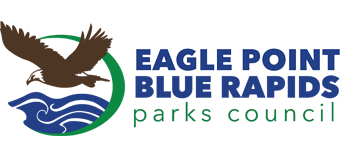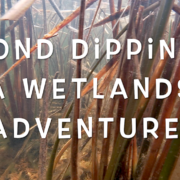Pond Dipping
Wonders of Wetlands is our most popular Environmental Education program. Kids love pond dipping! Turn it into a family adventure by visiting a wetland to discover who and what lives there. The best time for pond dipping is early June until early September. Remember – you are visiting a community that includes many important organisms, so go quietly, be gentle and leave no trace.
Pond Dipping Equipment (stuff you have at home)
– white or clear plastic bin or tub
– turkey baster
– white ice cube tray or white egg carton
– small buckets with handles
– small sieve or net with a handle (optional)
– magnifying glass
– binoculars (optional)
– field guides for aquatic insects, amphibians, birds
– tall rubber boots
– note book & pencil to document discoveries
– Wetlands Worksheets (optional) or Wetlands Bingo (see below)
Pond Dipping Instructions
Find a pond with a shallow zone that’s safe to wade in.
Get a bucket of pond water. All participants should wash their hands in the bucket of pond water before exploring. Dump that pond water out away from shore: insect repellant, hand sanitizer, lotions and perfumes are all toxic to wetlands organisms. NOTE: Amphibians should be handled with great care or not at all – any residue on your hands can be absorbed through their skin! Wash hands after handling pond organisms too as amphibians and reptiles may carry salmonella bacteria.
Use buckets to collect a sample of pond water near reeds or other water plant. Gently pour pond water into the white bin. Keep this bin in a shady spot. Don’t allow mud or leaves to enter the bin.
You can use a turkey baster to gently suck up organisms and put them in ice cube trays or small jars filled with pond water to get a closer look.
If you’re using a net, turn it inside out and pour water on the back of it to gently empty the net contents into your bin.
Try to identify the pond organisms you find in and around the pond, using field guides.
Gently return your discoveries back to the place in the pond where you found them when you are done.
Make a lesson out of it with Eagle Point’s Wonders of Wetlands Worksheet.
Identification Charts
Fresh Water Invertebrate Guide Opal Water Survey
2009-wetlands-webbed-feet-not-required-activity-12-investigating-aquatic-invertebrates
Activity Worksheets for Wetlands Explorations and Lessons
GRADE 5 WETLANDS WORKSHEETS – DEFINITIONS, WORKSHEETS, CROSSWORDS AND MORE.





